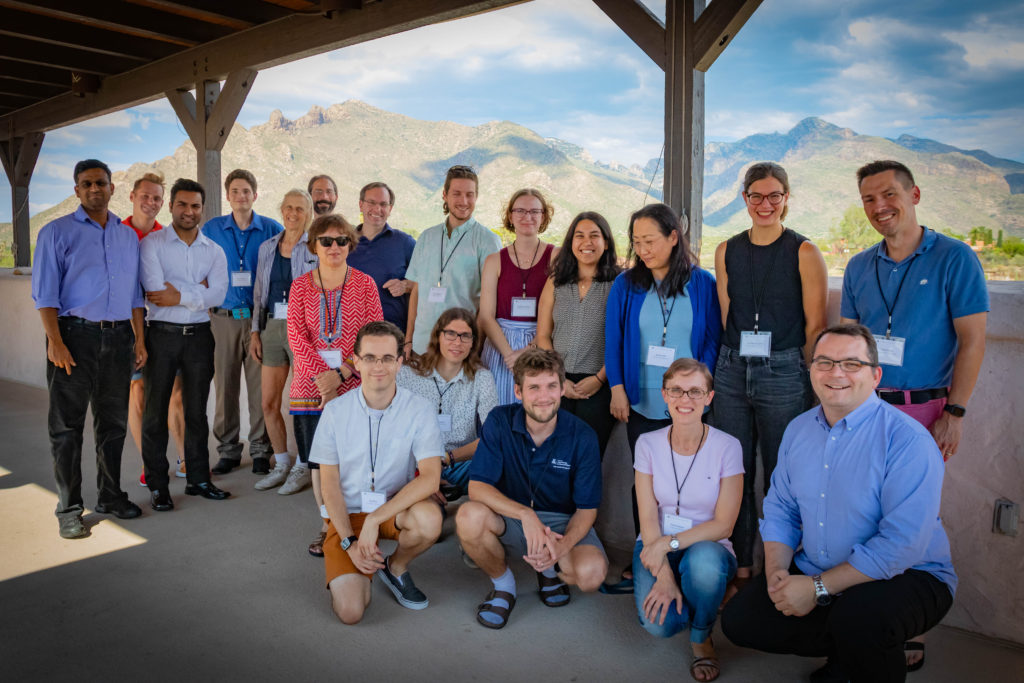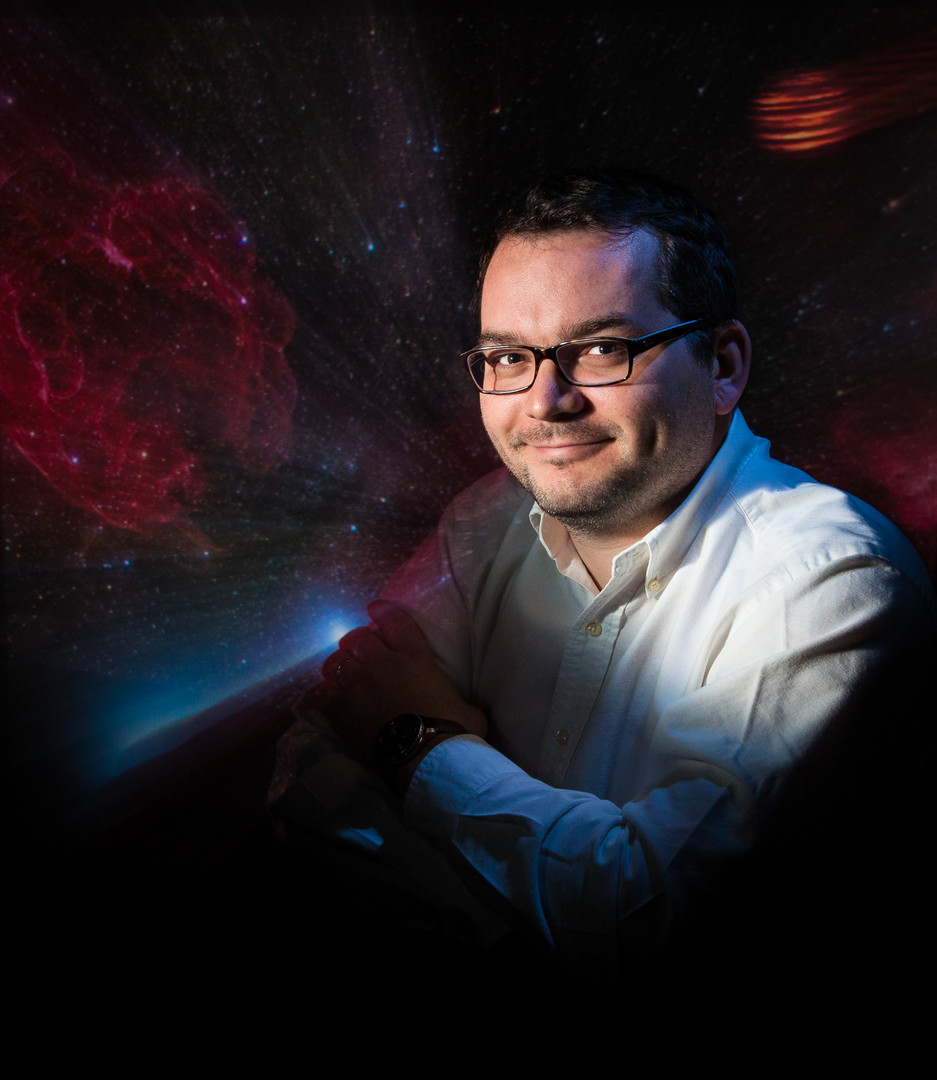where is the closest habitable world?
Does it orbit Proxima Centauri? Barnard’s Star? Or tau Ceti?
Our NASA-funded Alien Earths team integrates research results from fourteen multi-disciplinary projects to advance our understanding of how nearby planetary systems formed and which systems are more likely to harbor habitable worlds. Identifying the closest, likely habitable worlds is a major goal of astrobiology and also a key step in NASA’s search for life in the Universe.
Results, TOOLS, and events
The results of our team are published in peer-reviewed journals. The Alien Earths team builds on an extends the research of its pre-cursor project Earths in Other Solar Systems, which was funded by the NASA Astrobiology program between 2015 and 2021. EOS was also led by Daniel Apai and many investigators from the EOS Team continue their work in Alien Earths. EOS has published over 140 refereed papers on the formation and properties of habitable worlds, including multiple high-impact studies. It also built several important tools that are widely used by the community, such as EPOS, DYNAMITE, and the Genesis Database.
Follow Us
blogs
Eos/Alien Earths Blog:
Distant Earths – Daniel Apai’s Blog:
Contact
Phone
+(1) 520-621-0529
@arizona.edu
Address
.


